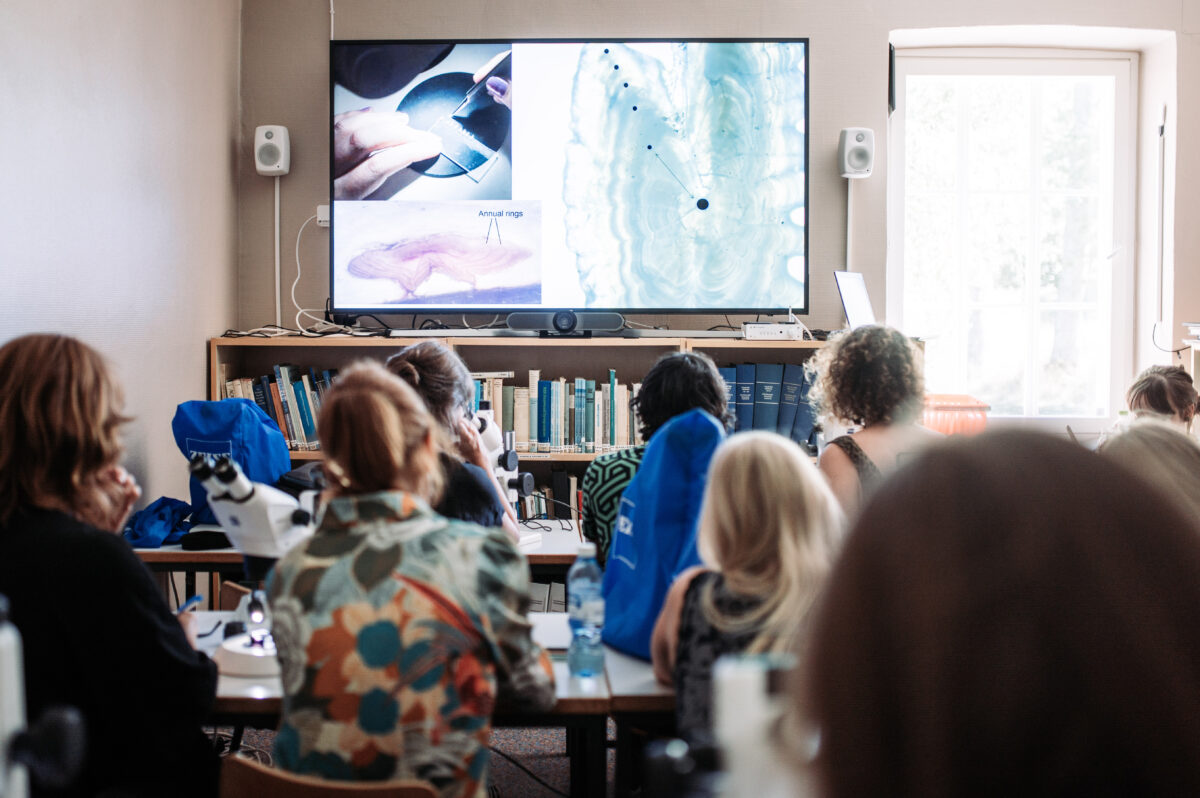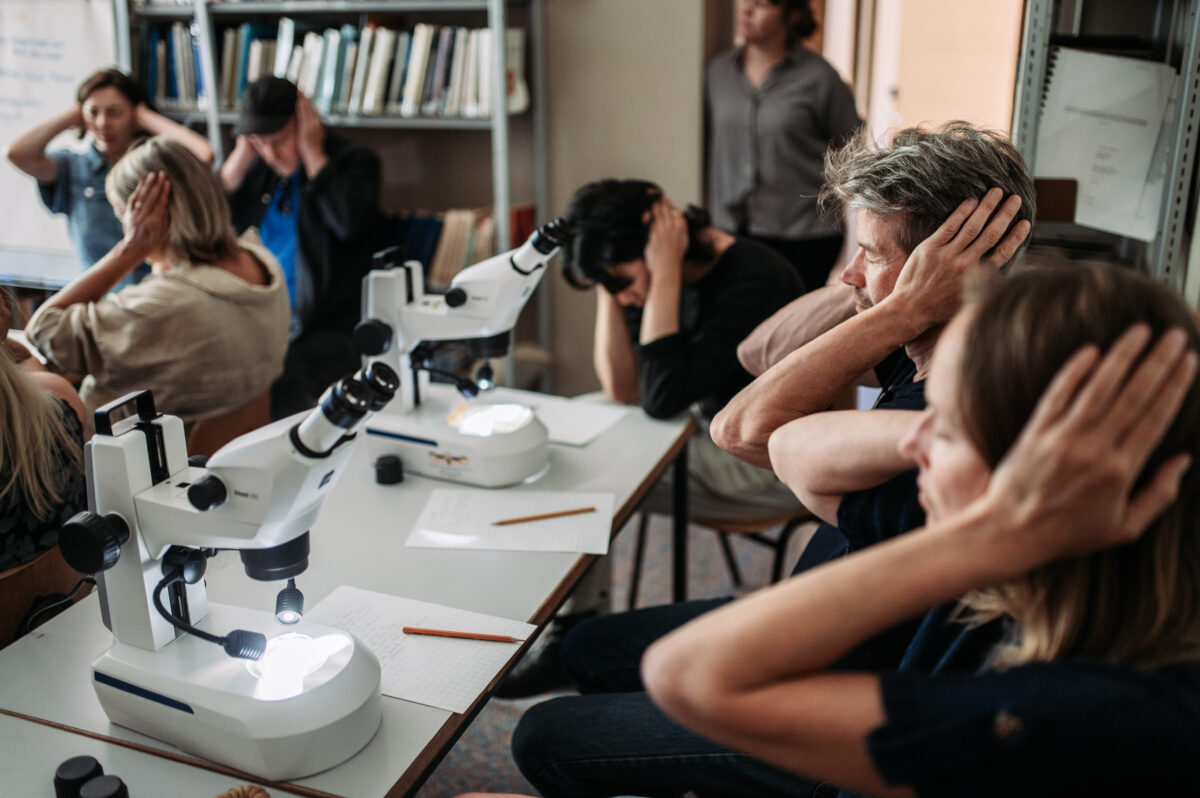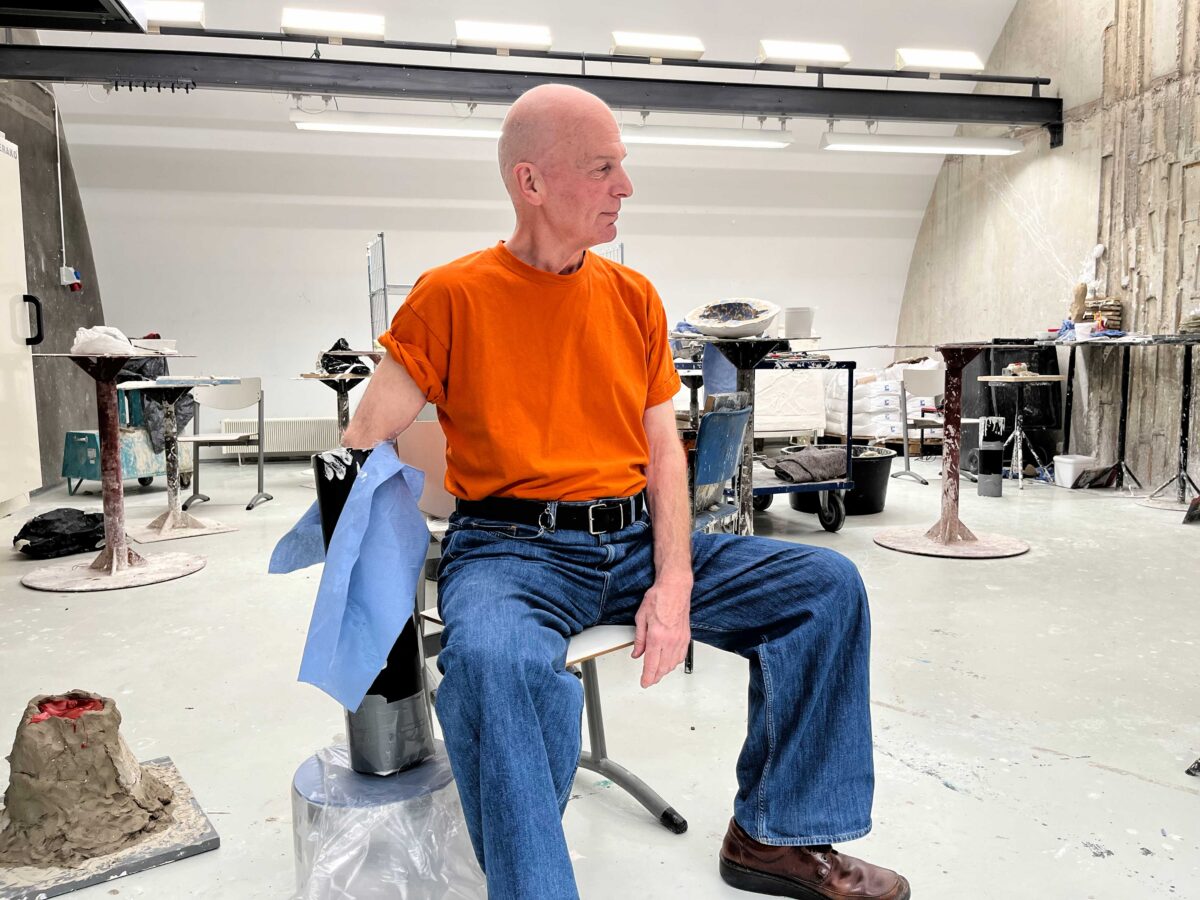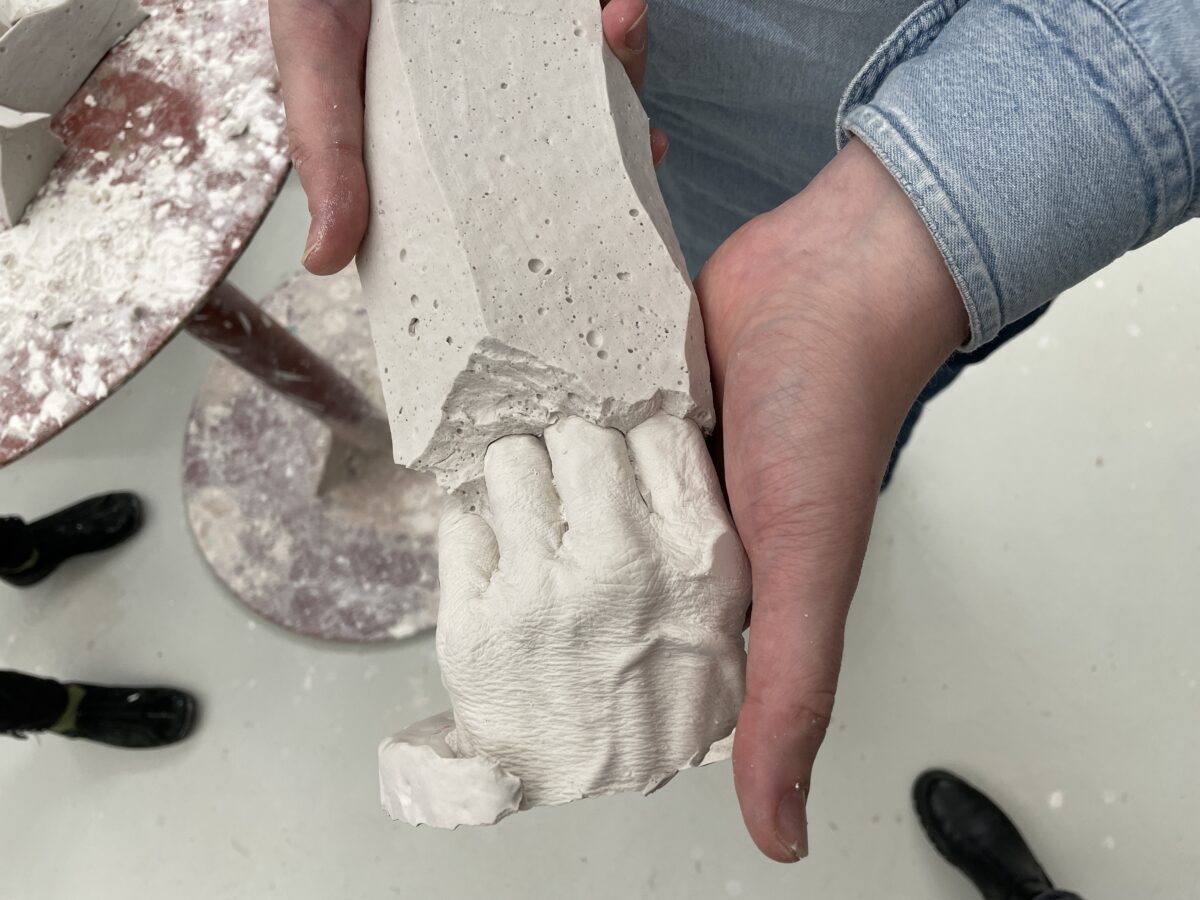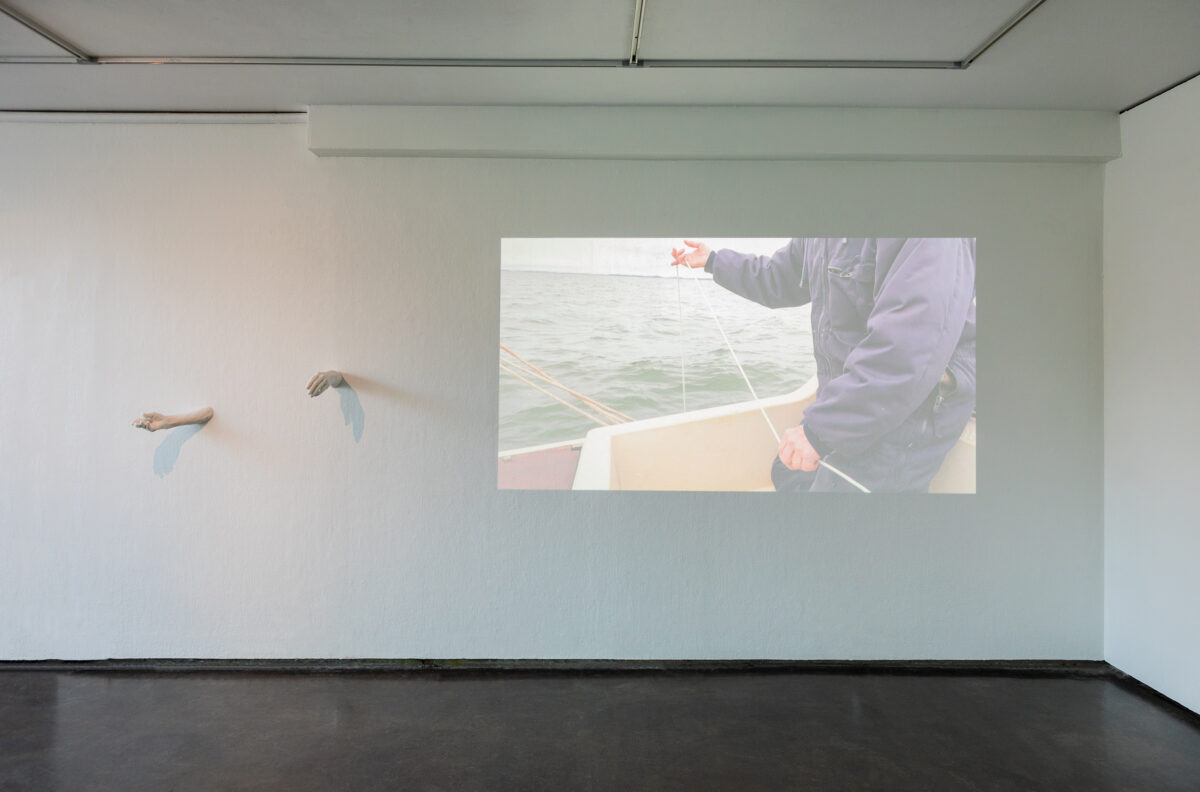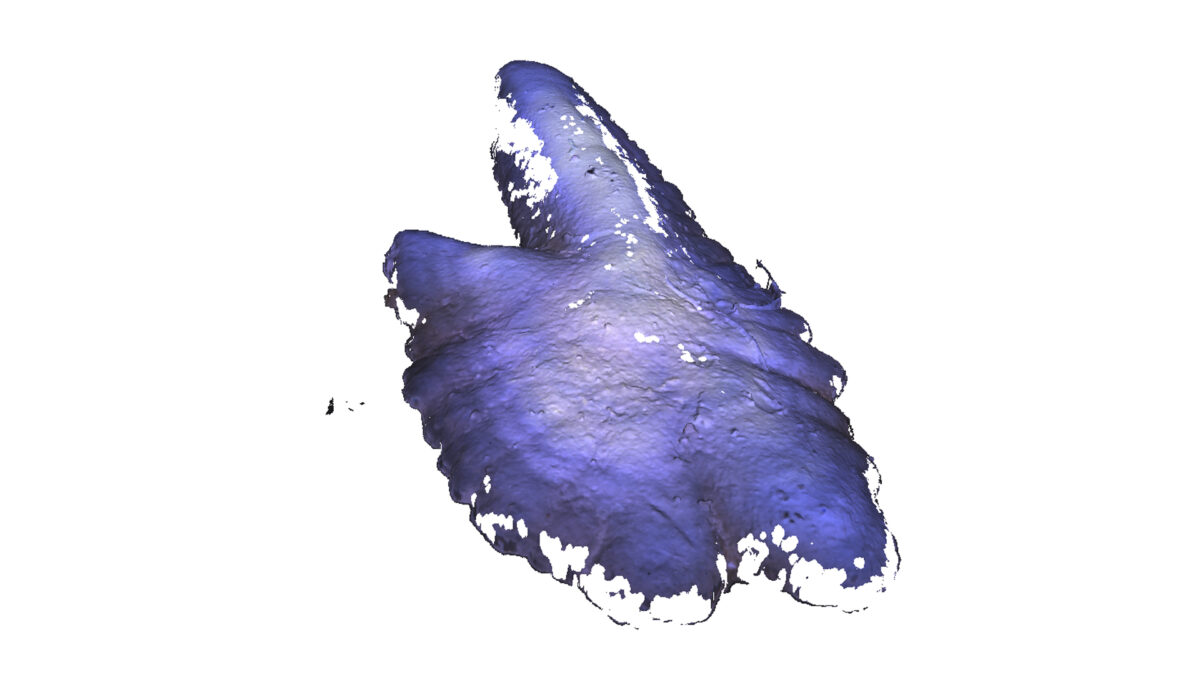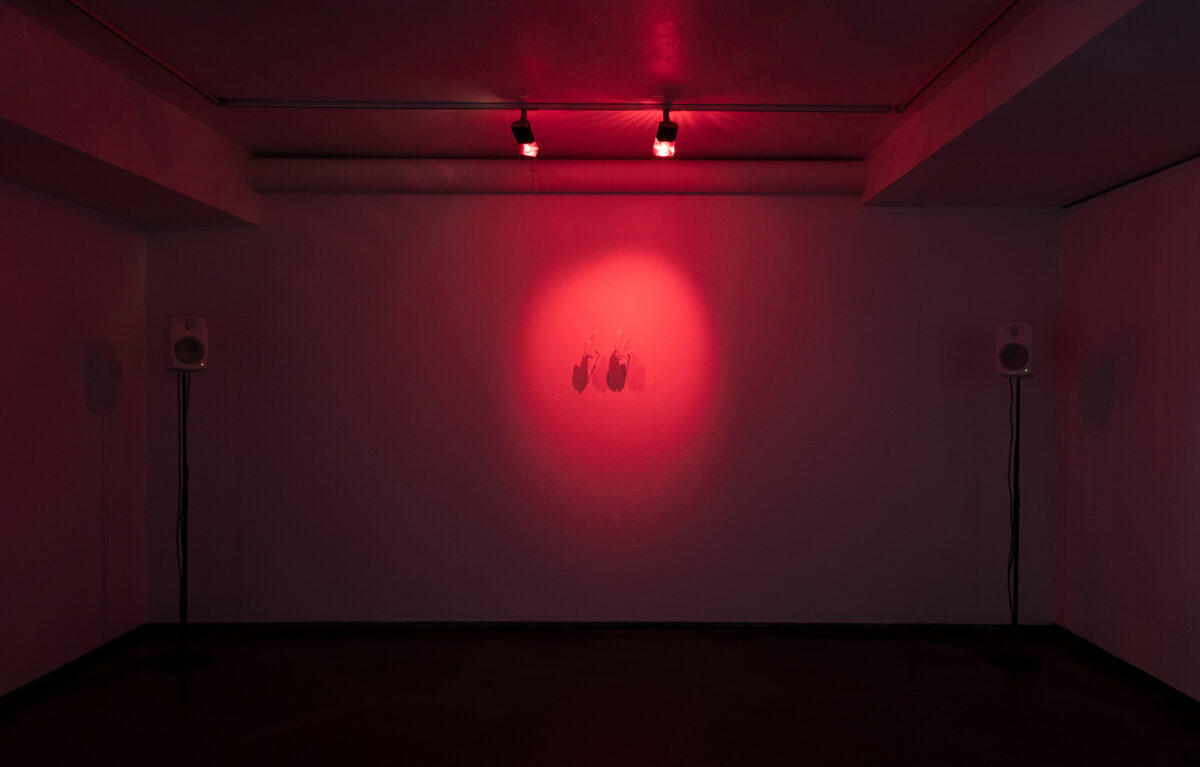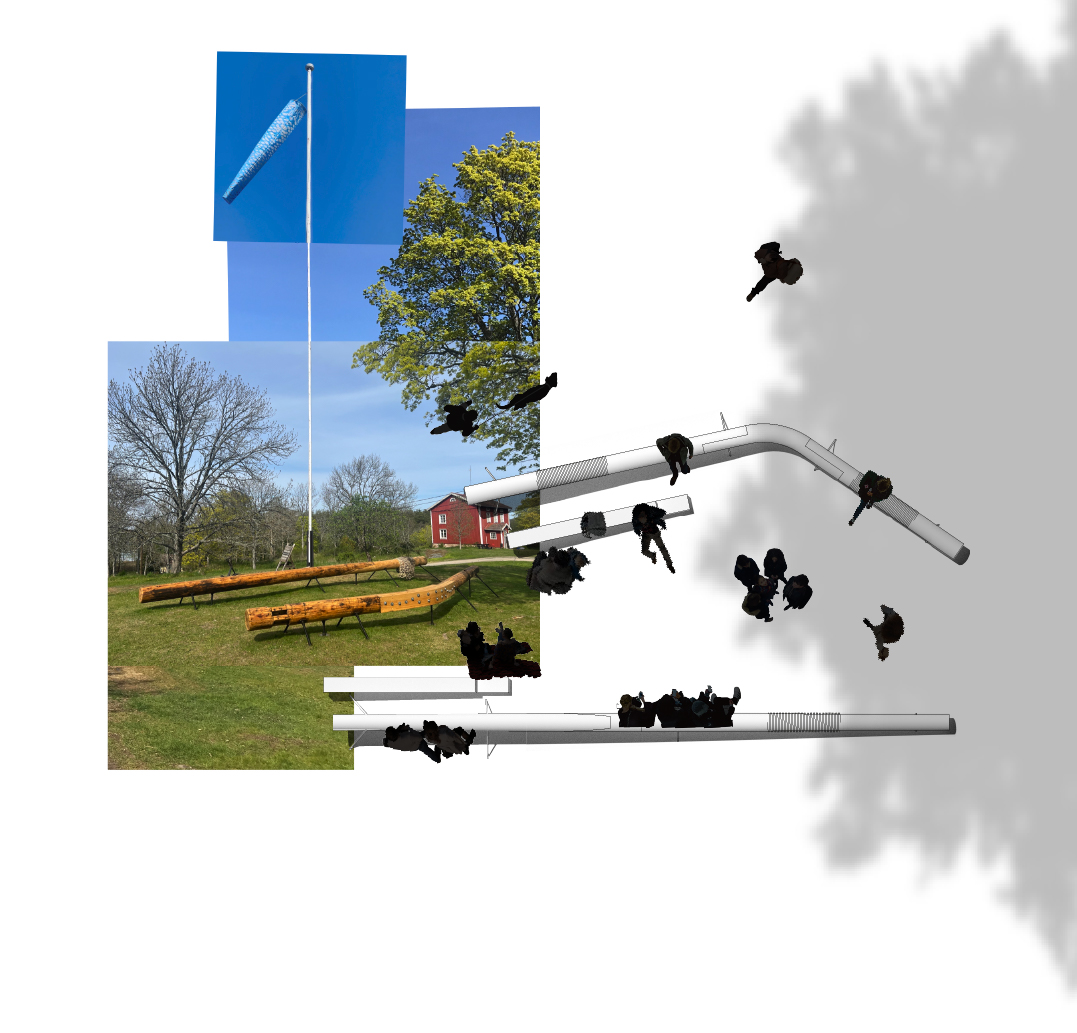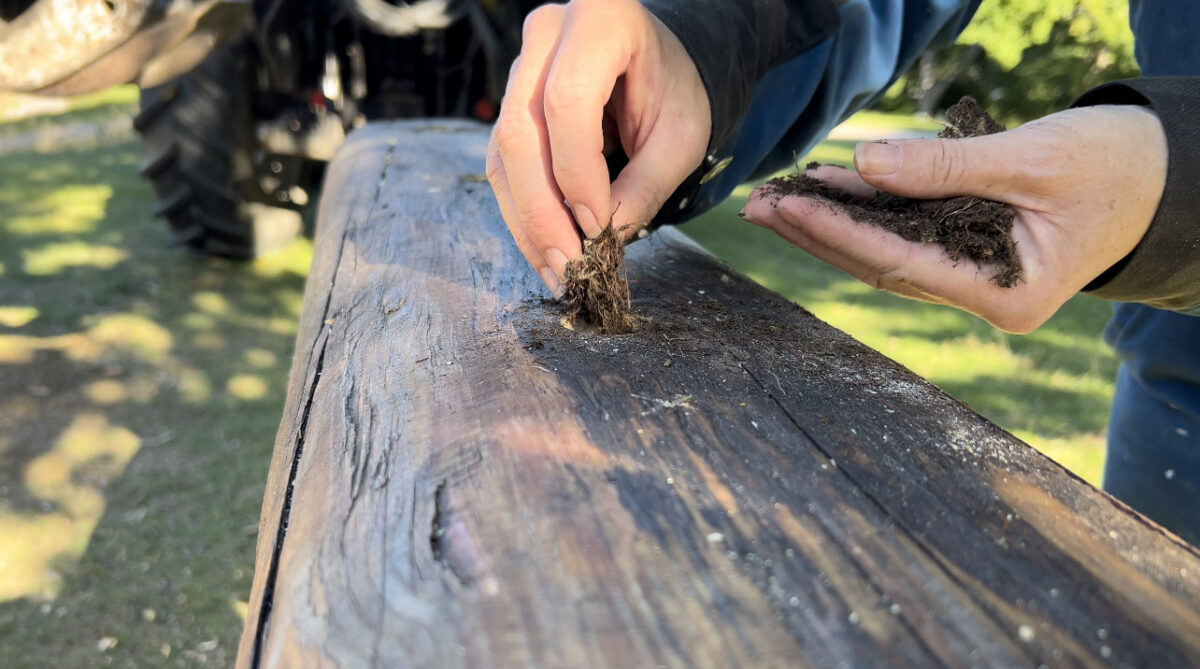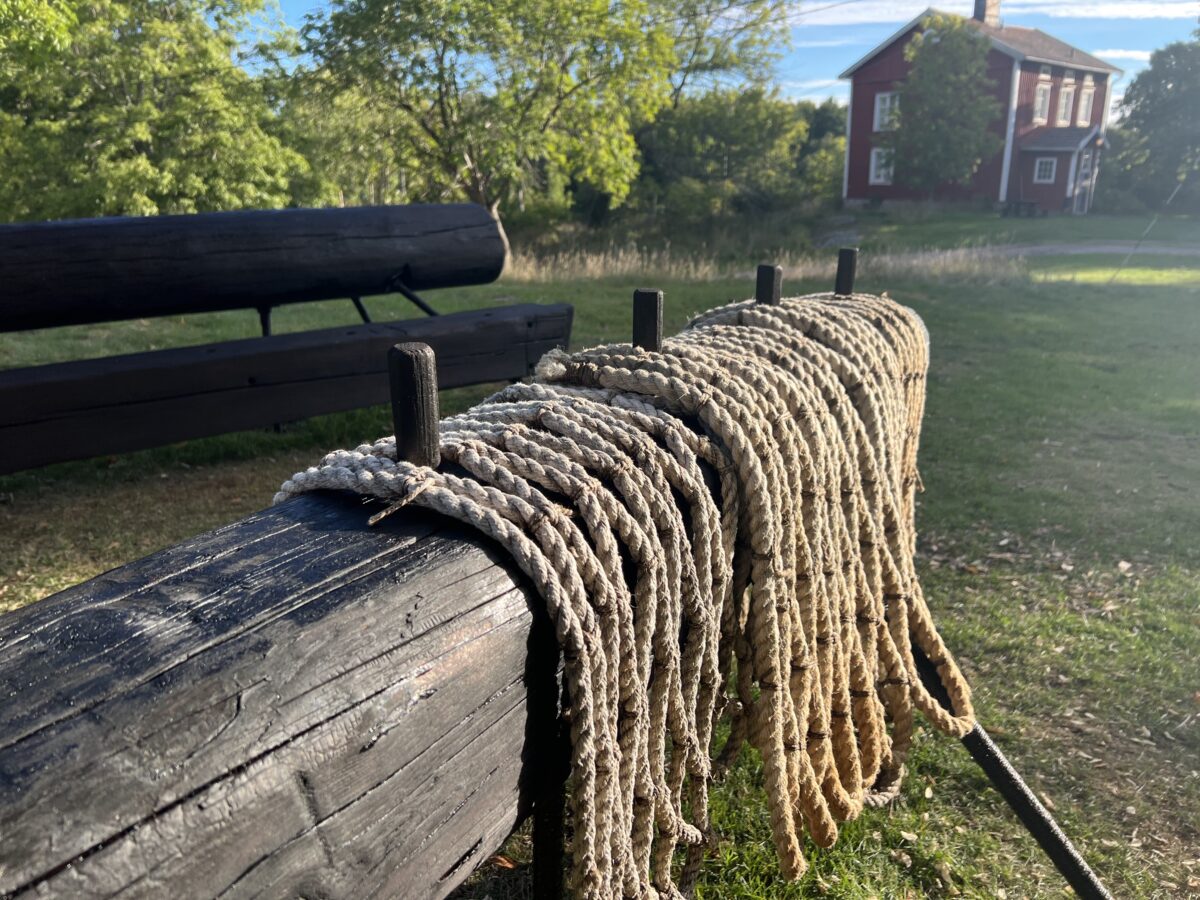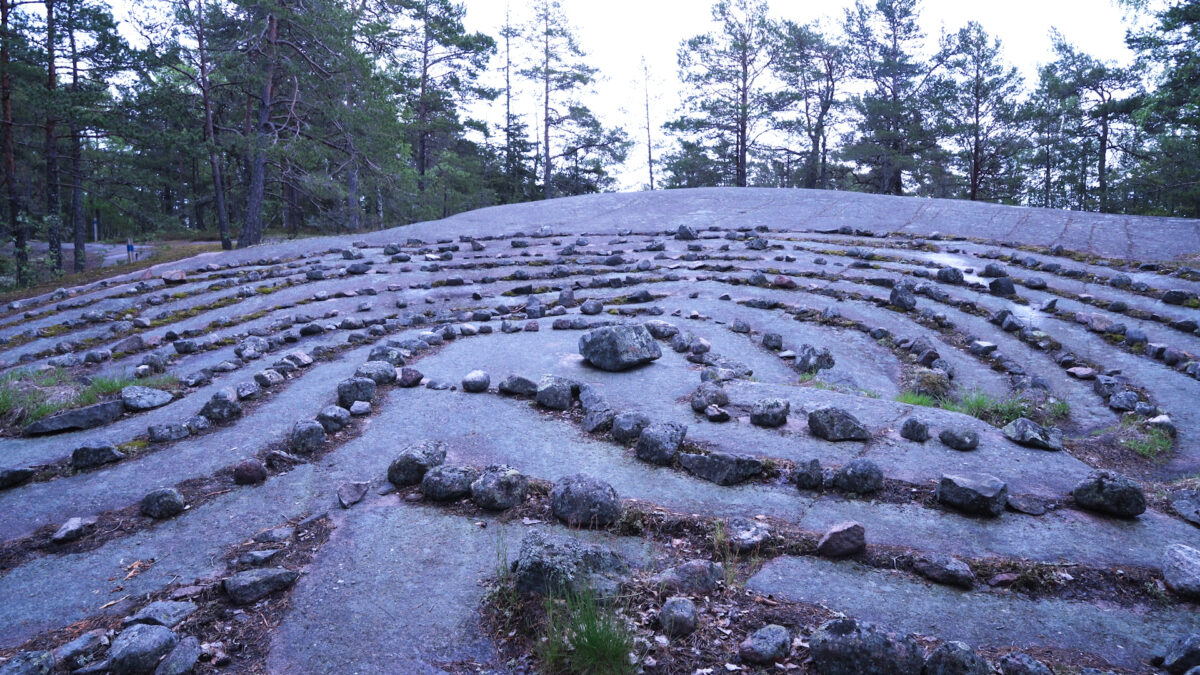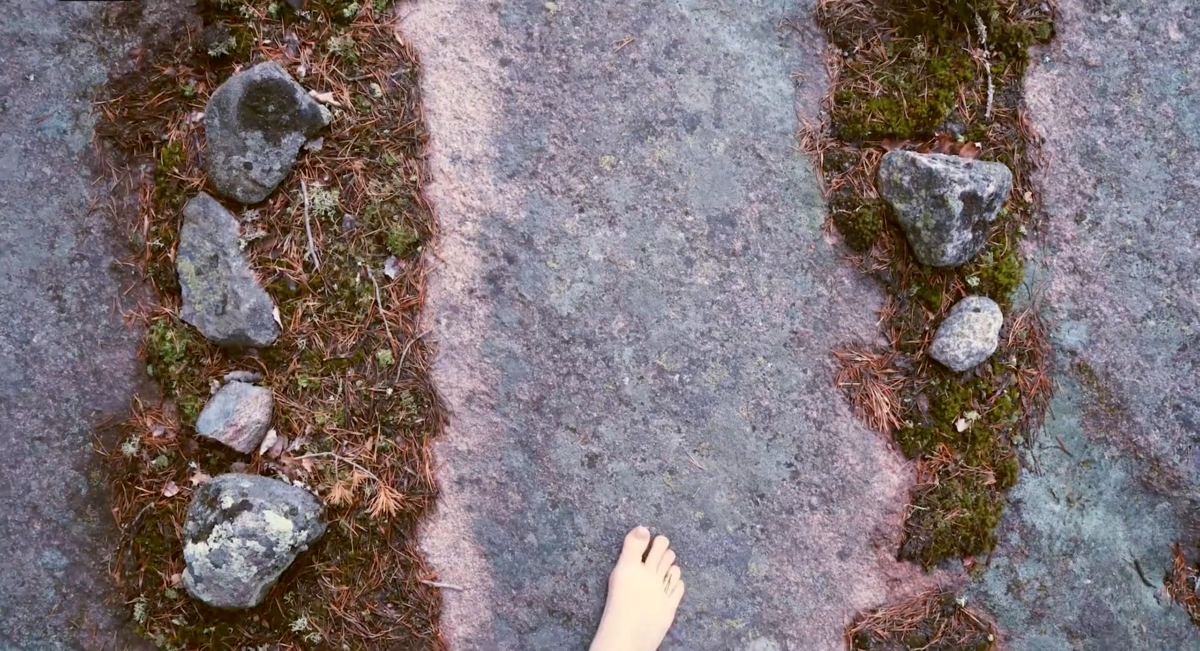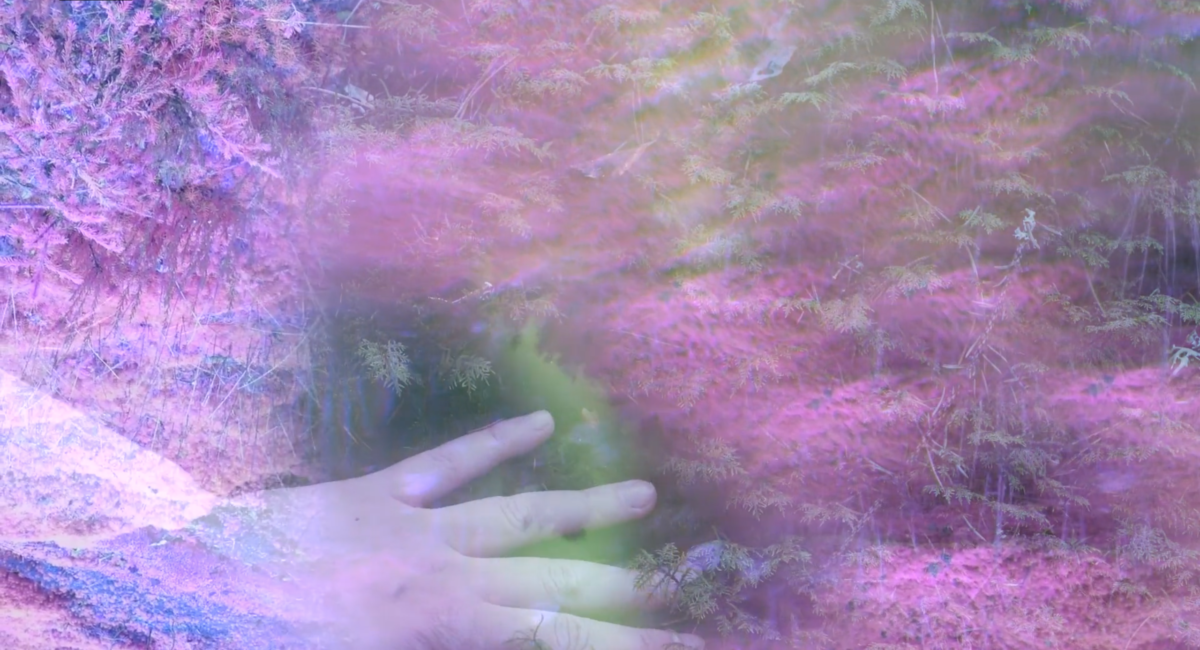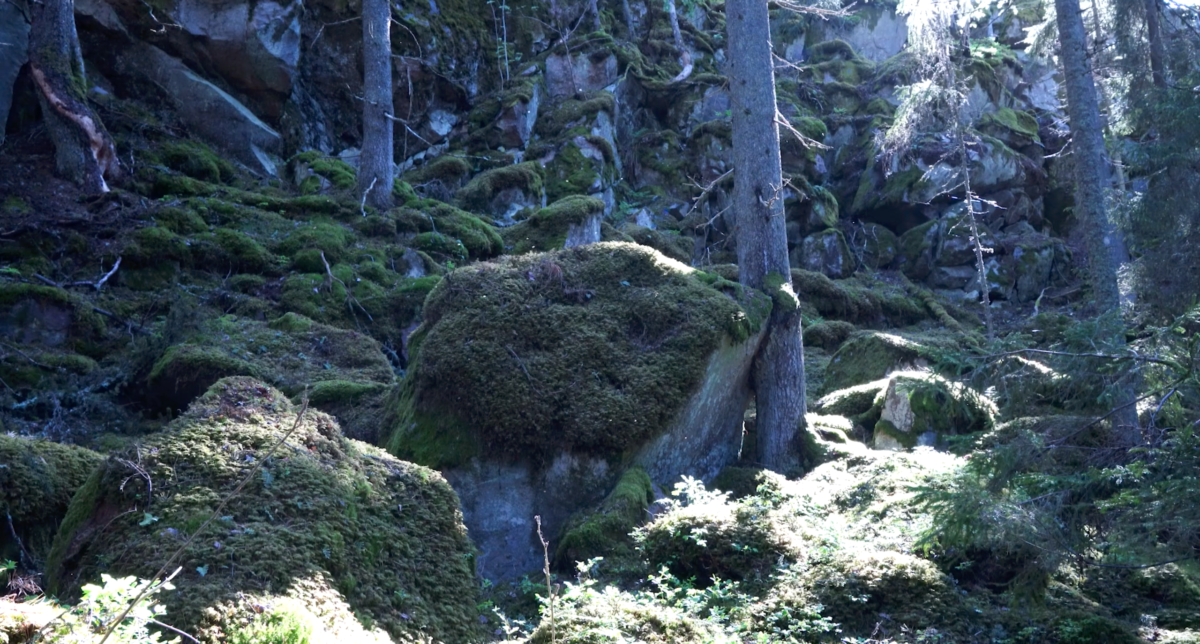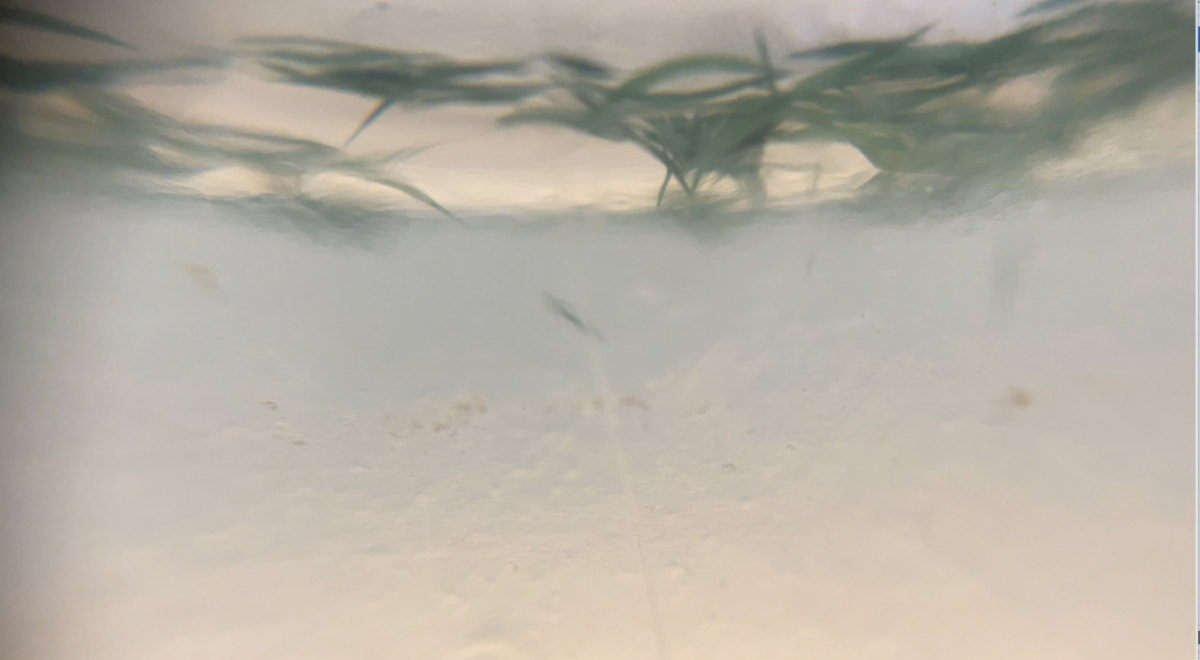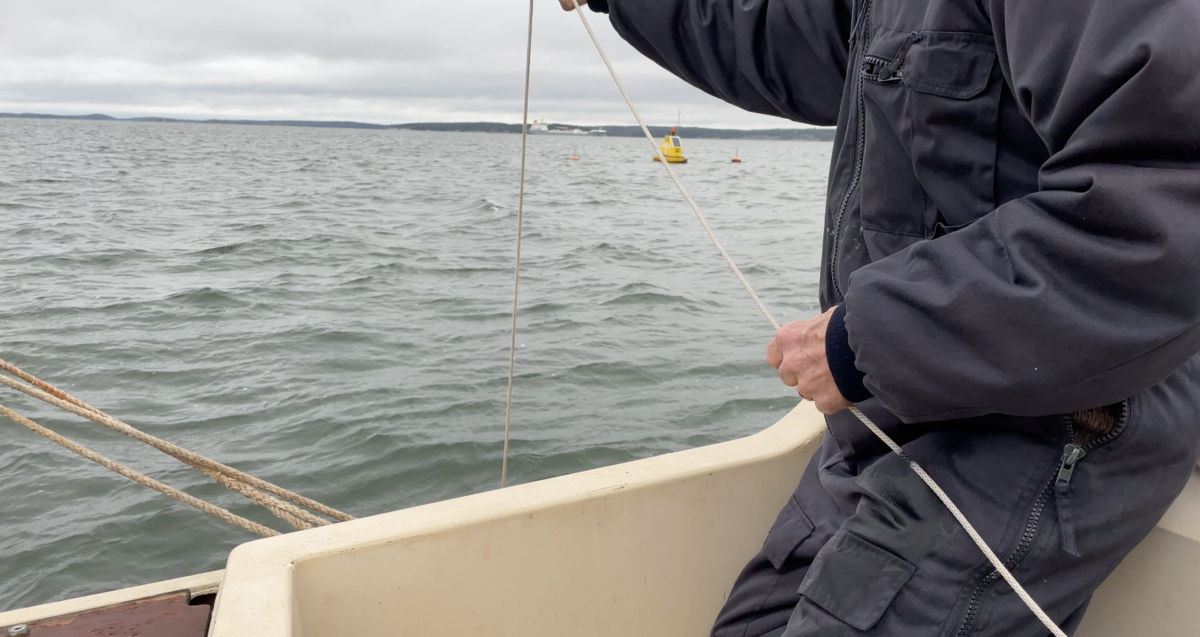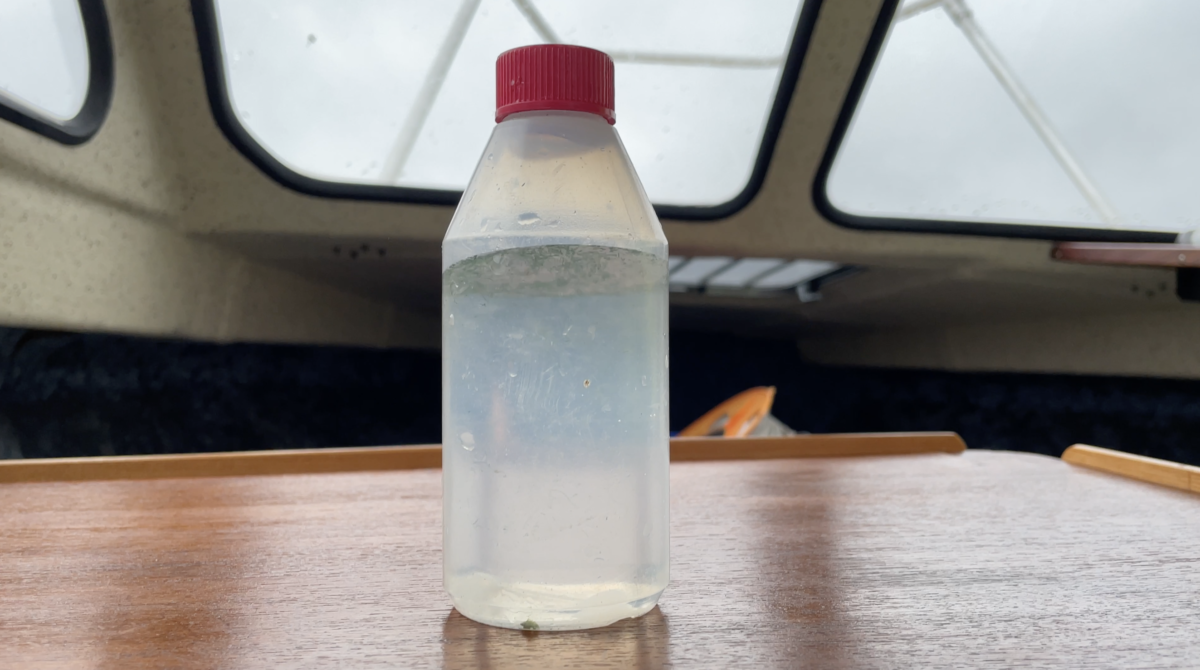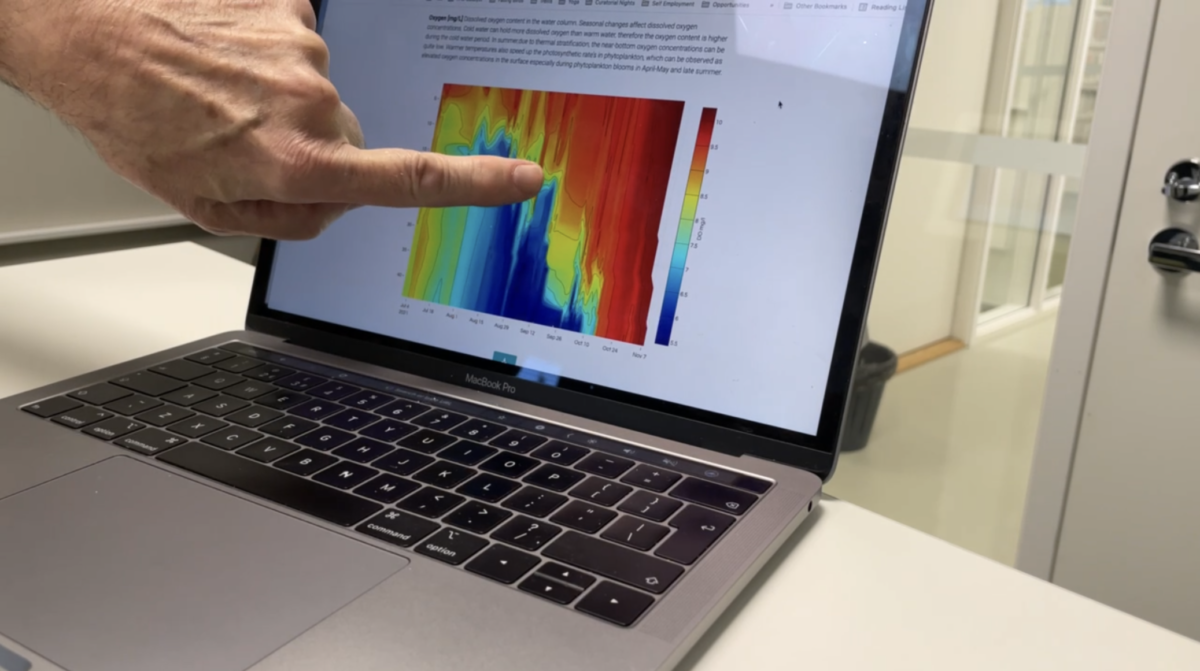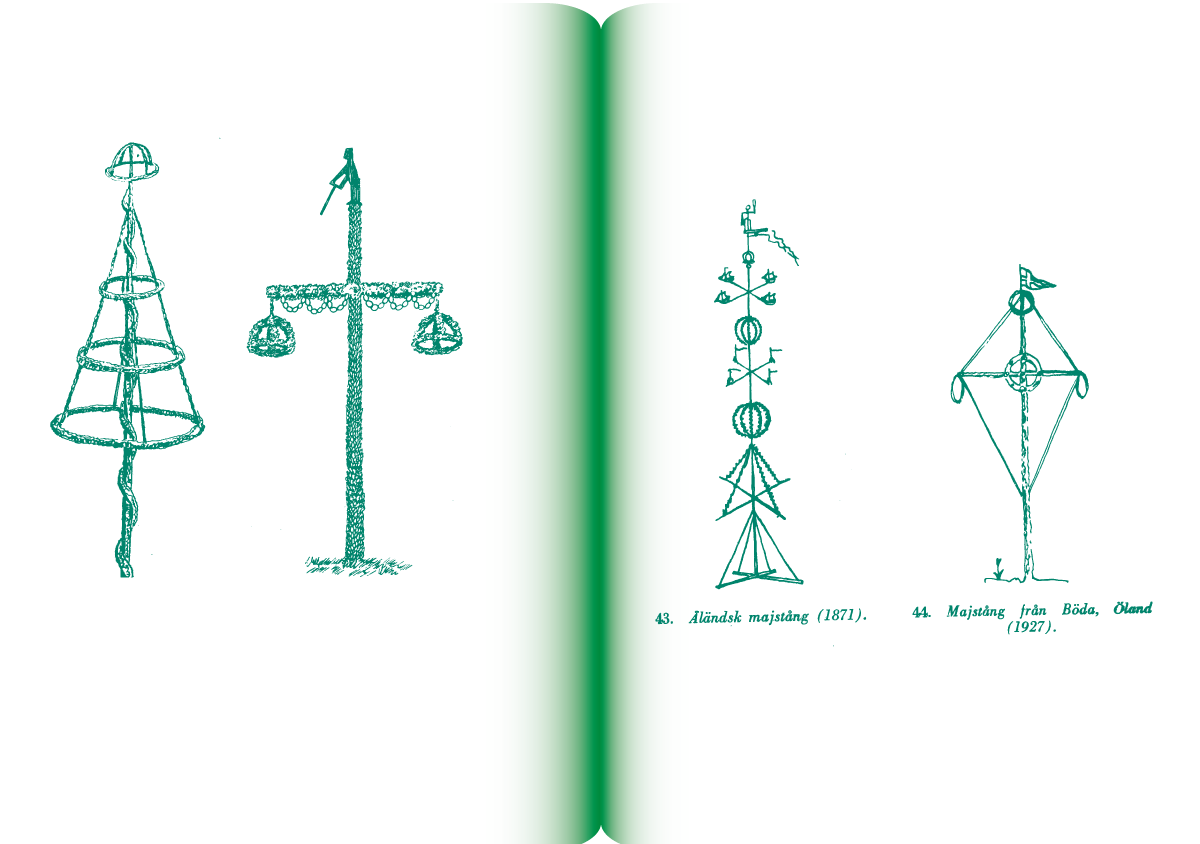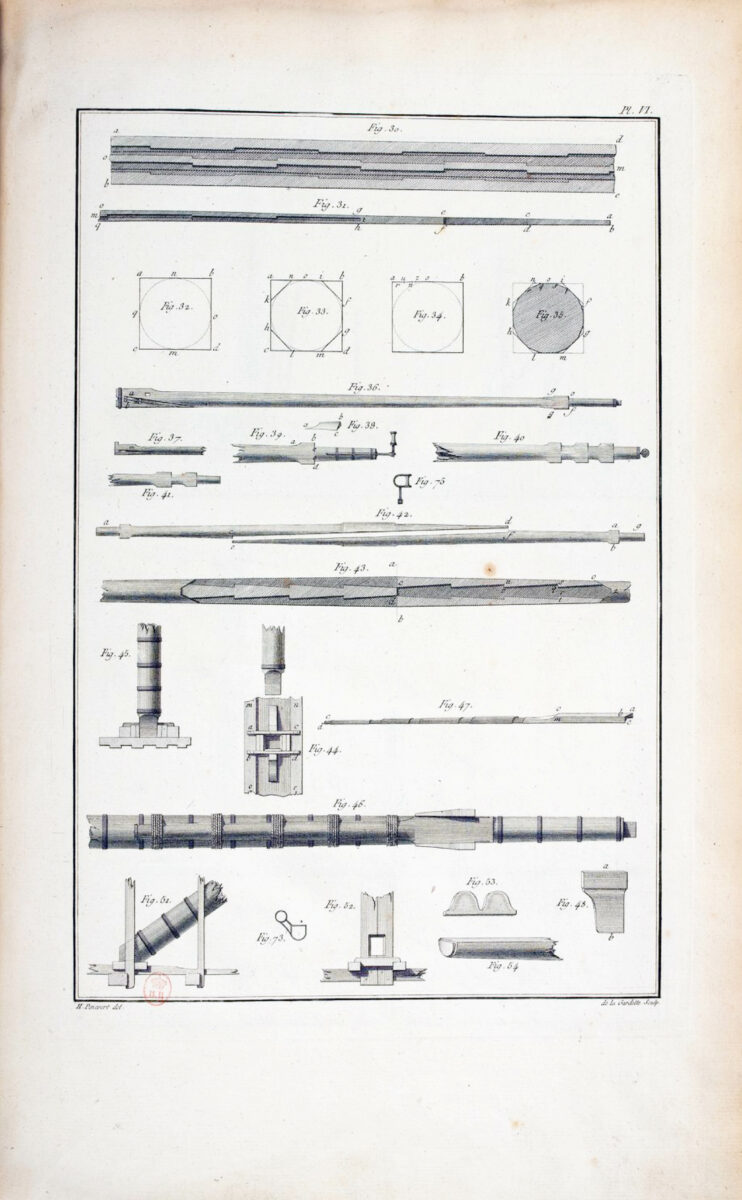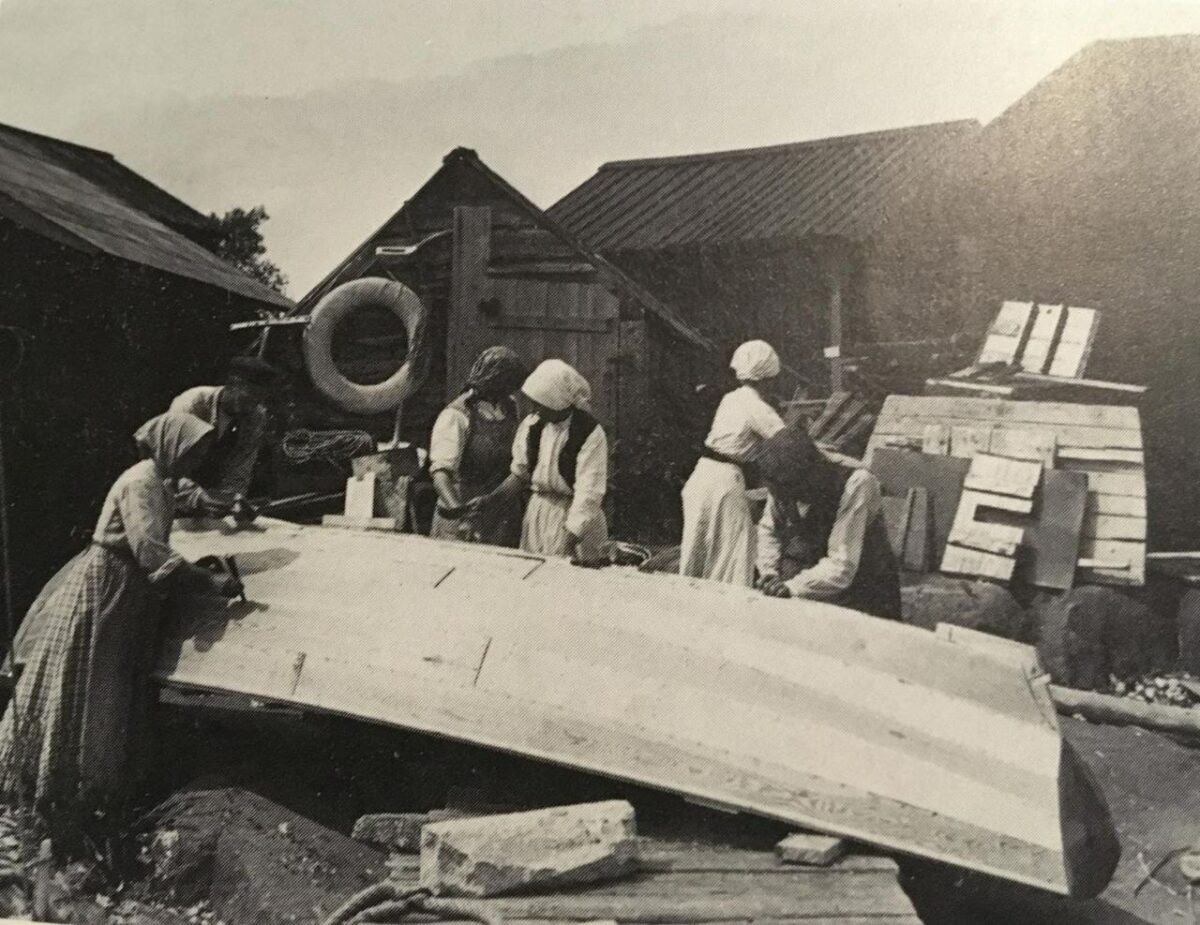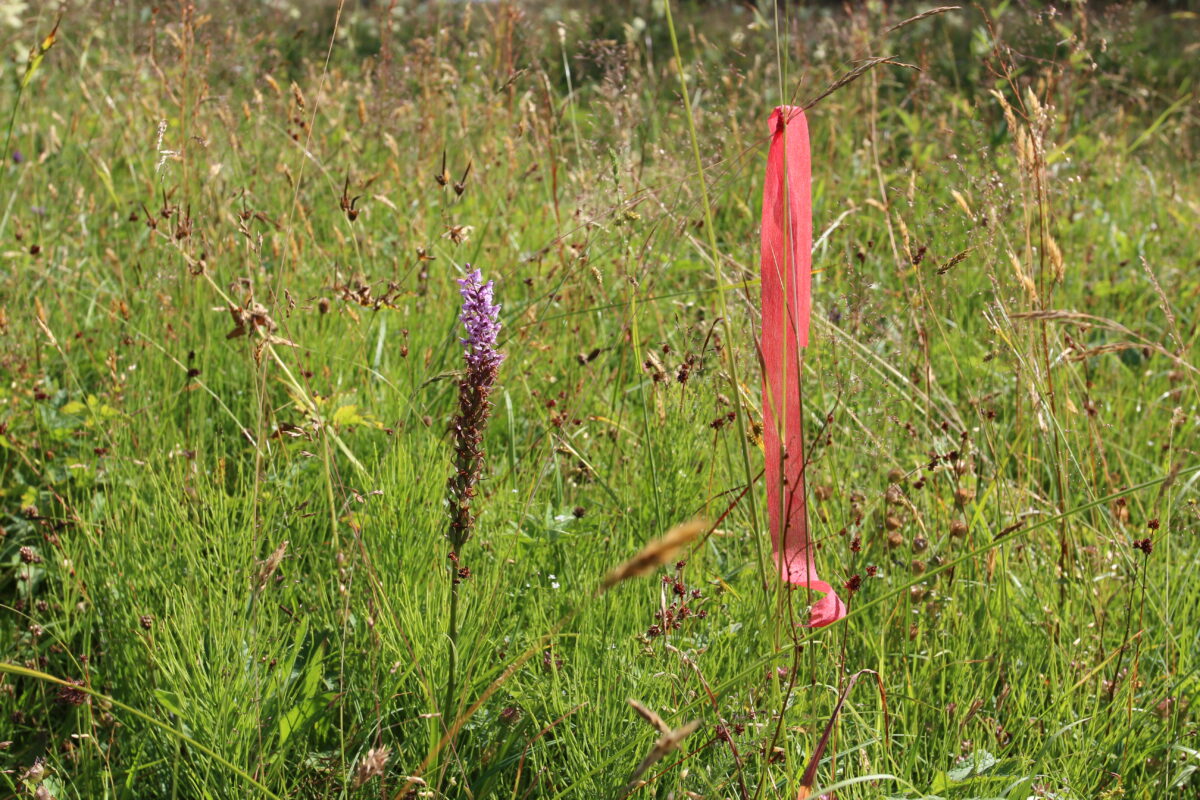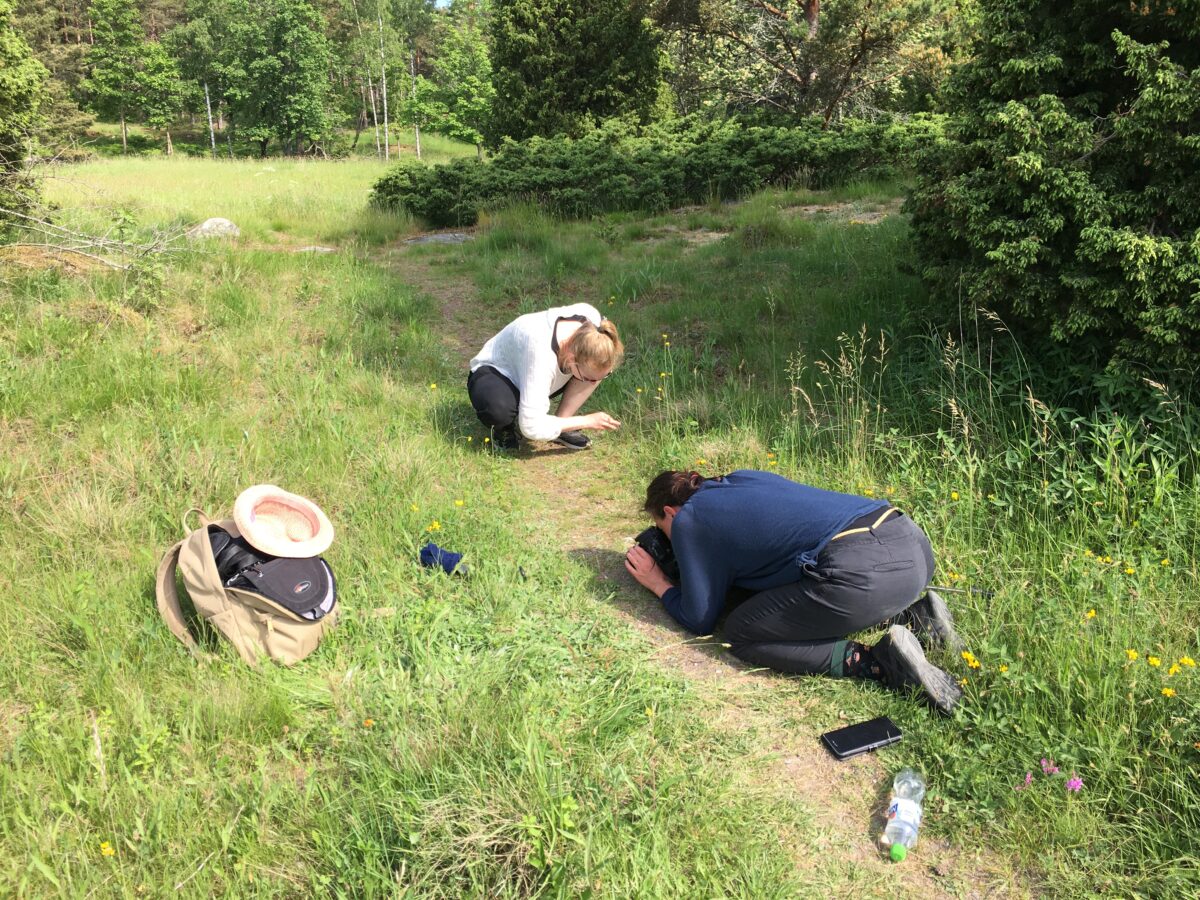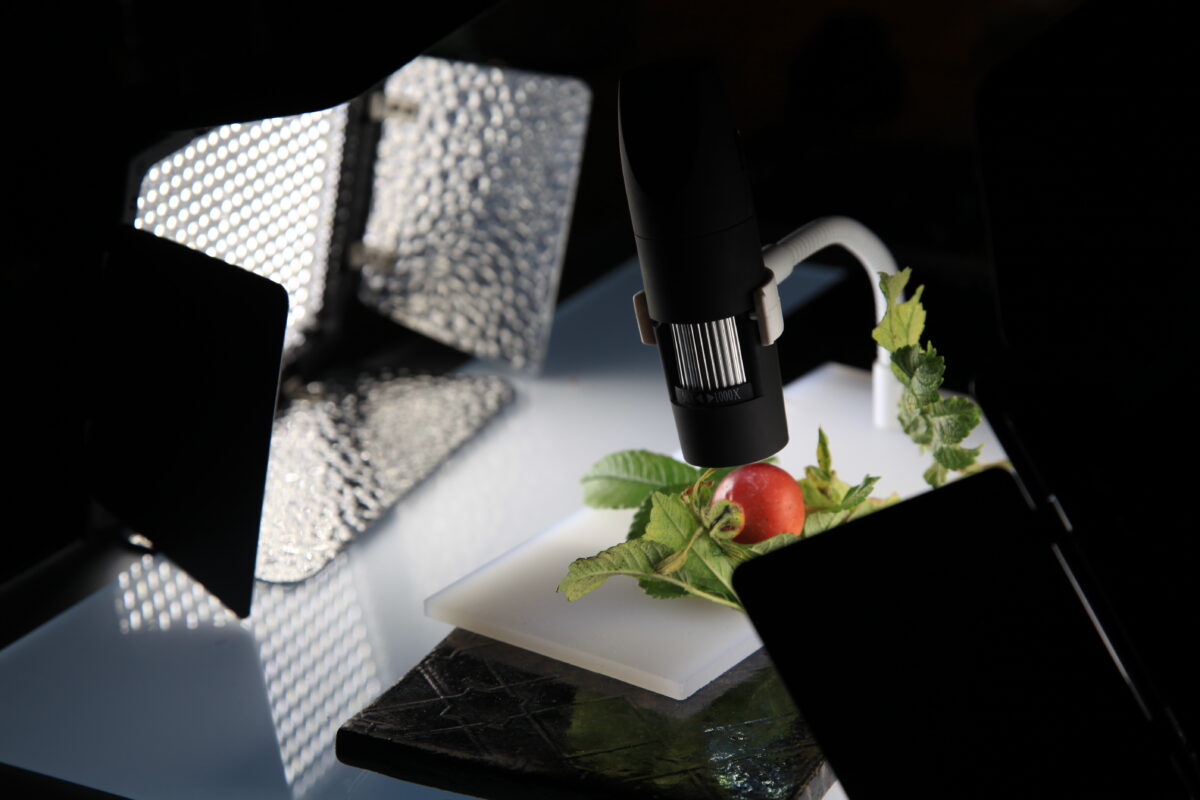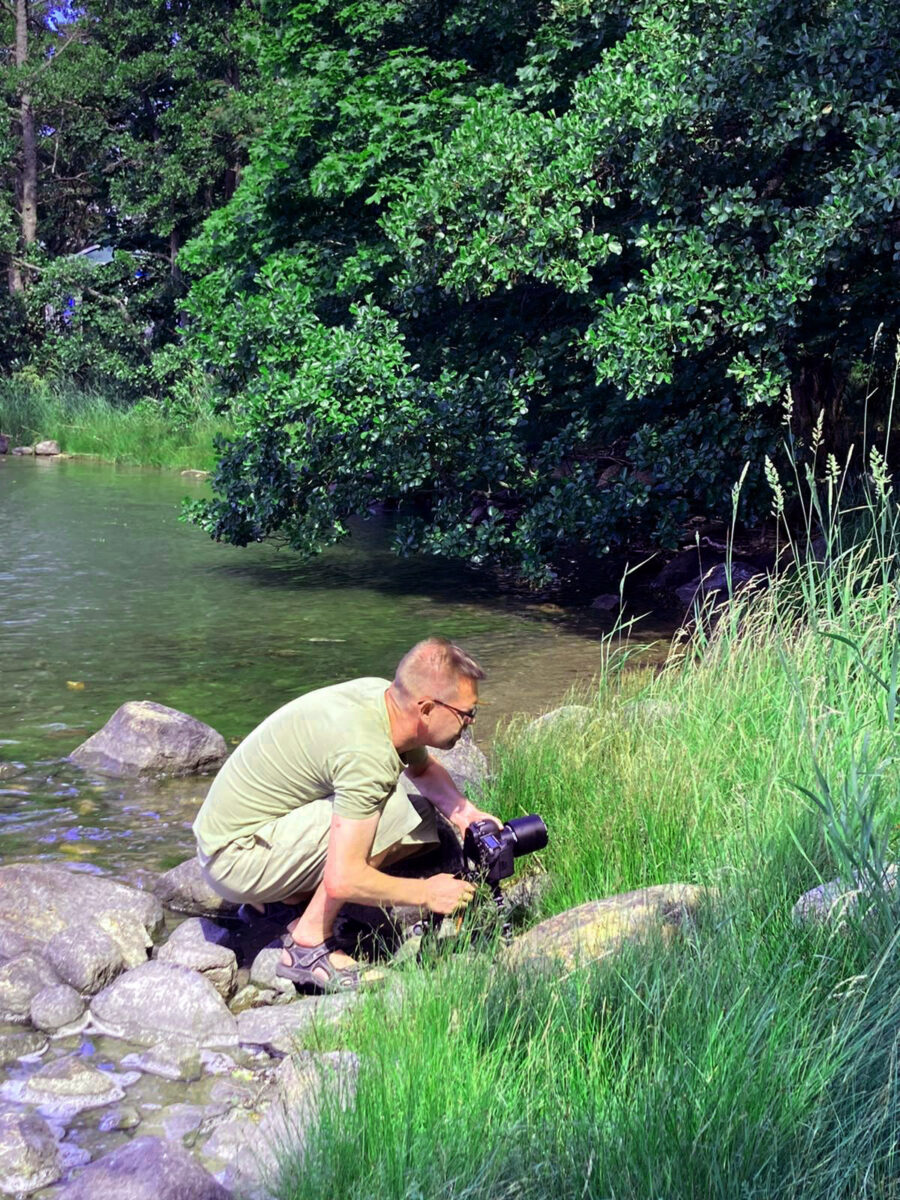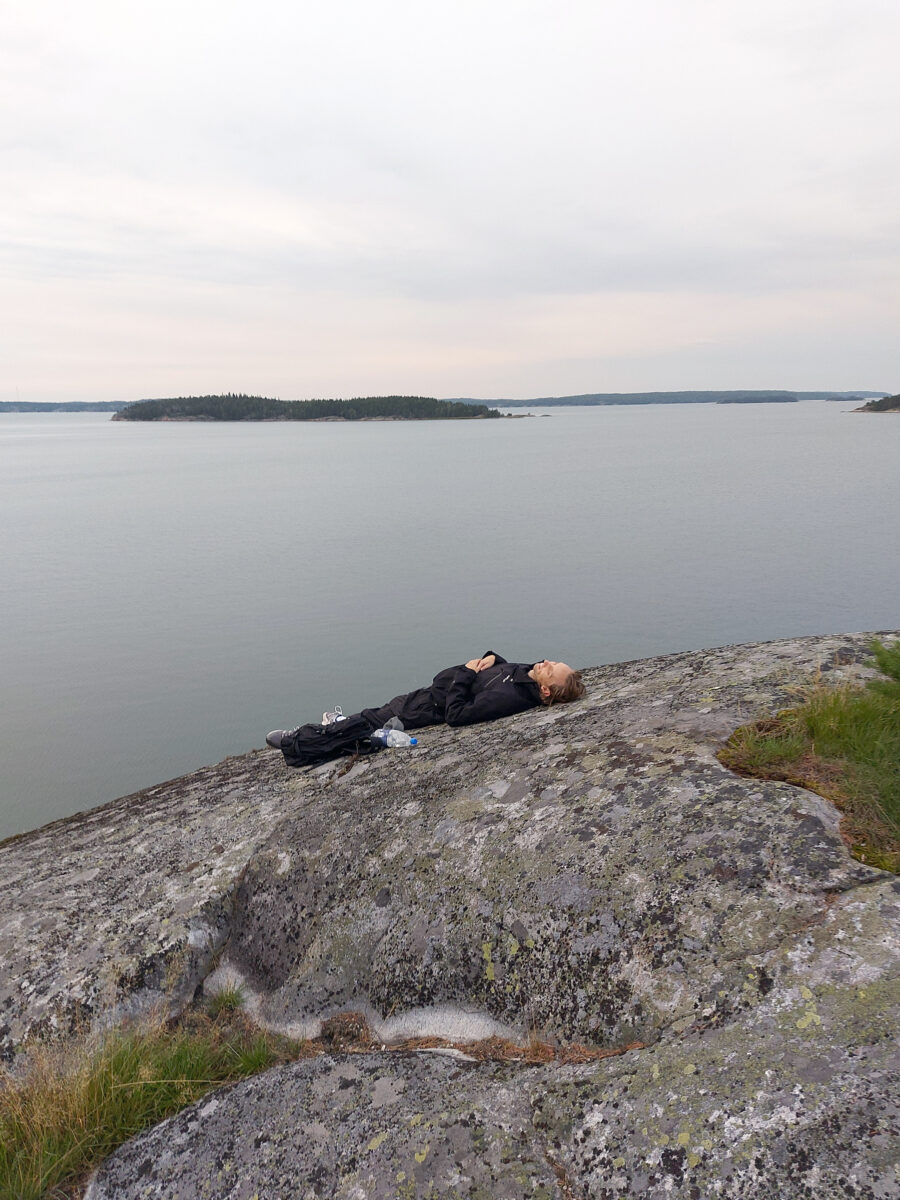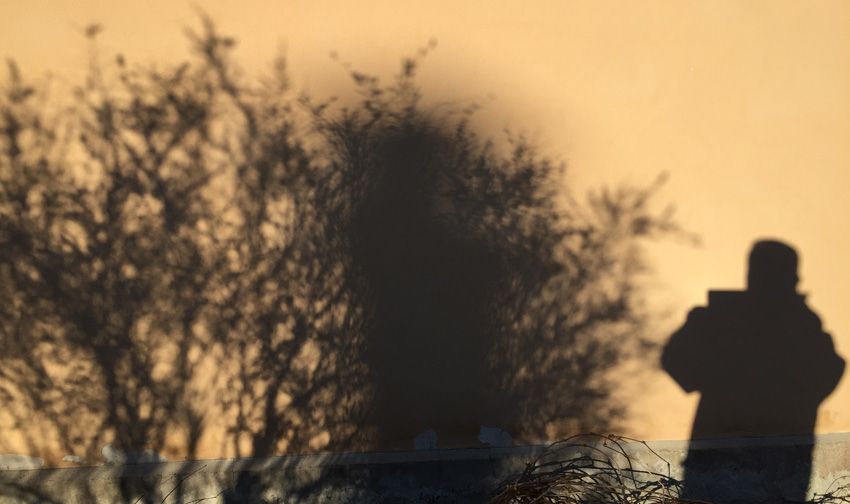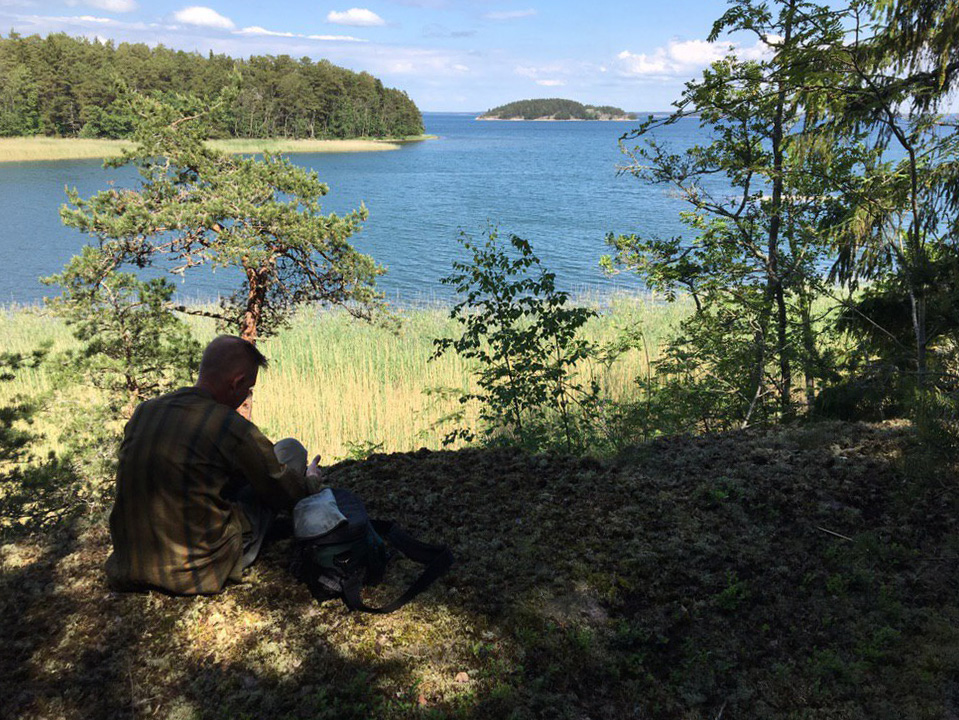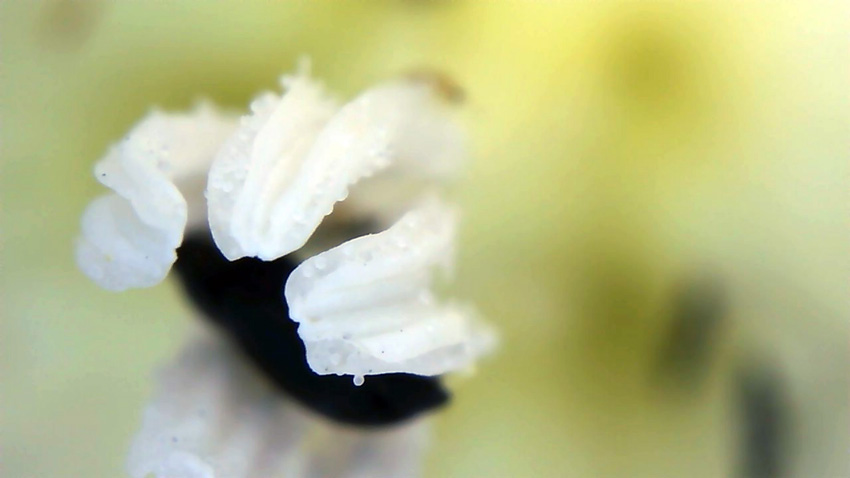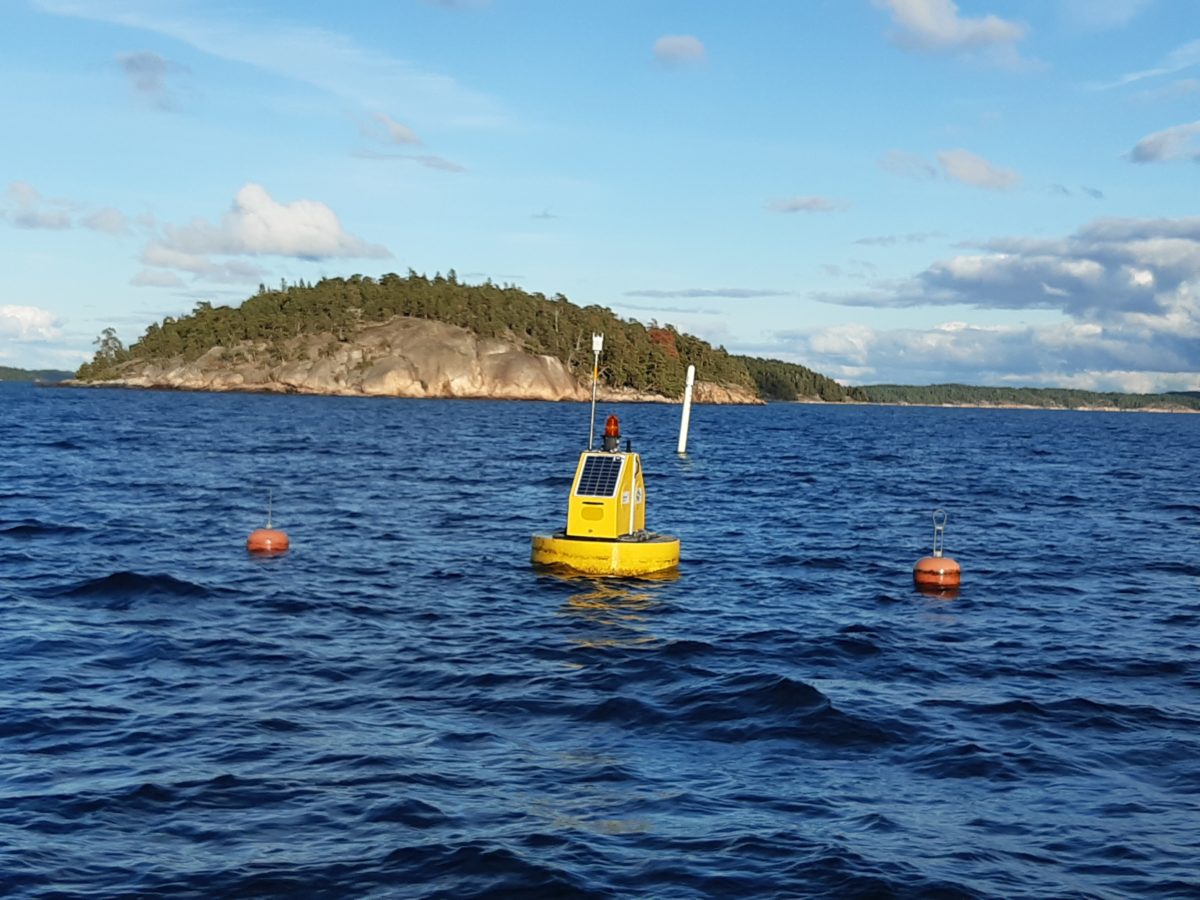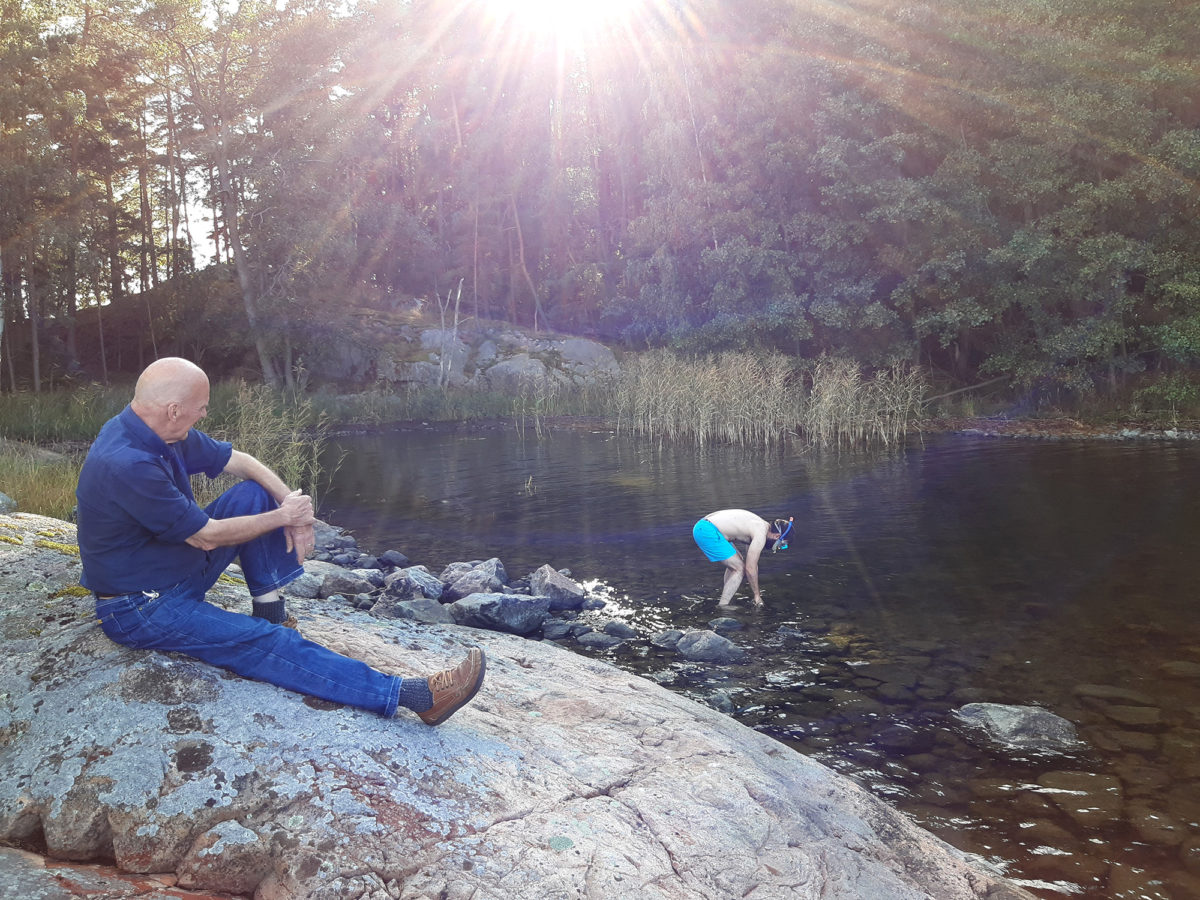Matterlurgy
8.-14.8. / 22.-26.11.2022
Turku
Matterlurgy (Helena Hunter and Mark Peter Wright) travelled to Seili in the summer of 2022; they then returned to Seili and Turku in the autumn of the same year to prepare for their exhibition, Field Casting, at Titanik Gallery in February 2023. A key part of the summer and autumn residencies involved researching, collecting material and producing sculptural works.
In August, Matterlurgy spent time in Seili making field recordings and interviews. They also organised a workshop titled Otolith Reading in collaboration with scientist Katja Mäkinen as part of the public event How do you know what you know? Exercises in Attentiveness on the island. In their conversation and practical demonstration about how scientists read climate data from the non-human world, Matterlurgy and Katja shared methods across art and science for listening with, and reading information in, the ear bone (otolith) of the Baltic herring.
In November, with help from Eero Merimaa and his sculpture students at Turku University of Applied Sciences, Matterlurgy cast the arms and hands of Professor Emeritus Ilppo Vuorinen in a position that he had repeated for decades whilst sampling plankton in the Baltic Sea. An alginate mould, made from ingredients that included brown algae, captured Ilppo’s field posture – an action he calls “throwing the line.” Once the mould was made, traditional plaster was poured into it. This took a few attempts and, on Ilppo’s request, was accompanied by the playing of Johnny Cash’s music whilst patiently waiting for the mould to dry.
In the exhibition, Field Casting, the sculpture was placed in relation to a looped film of Ilppo on a small boat as he sampled for plankton. The fluid action of his filmed body being frozen by the intersecting sculpture allowed the audience to reflect, close up, on the details, muscles and sinews of the scientist’s hands, which do not get included in conventional data sets or graphs.
Matterlurgy also worked on a second sculpture cast of Herring earbones (otoliths) from the otolith archive in Seili. Otoliths are approximately 3-5mm in size and are studied in Seili to understand the shifting conditions of the Baltic Sea and the implications on herring migration, population and physiology. In partnership with the Natural History Museum in London, Matterlurgy scanned these tiny pieces of bone, scaled them up to approximately 15 cm in length, and 3D printed them.
These 3D-printed ‘ears’ were lit by a red light and installed in the exhibition. The sculptures were accompanied by a sound work that combined interviews with Professor Marjut Rajasilta and Dr Katja Mäkinen discussing their research with herring otoliths, along with sounds from the lab and field recordings from the Baltic Sea.
Field Casting was commissioned and produced by CAA in collaboration with the Archipelago Research Institute (University of Turku) as part of the project Spectres in Change. Learn more about the Field Casting commission and the Field Casting exhibition.
